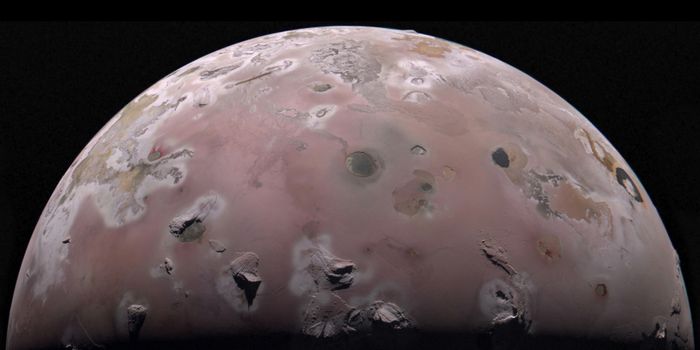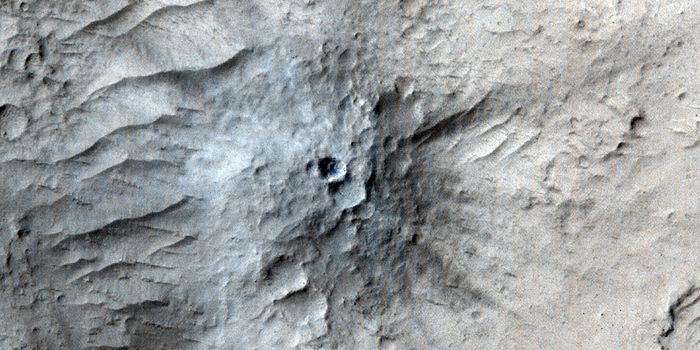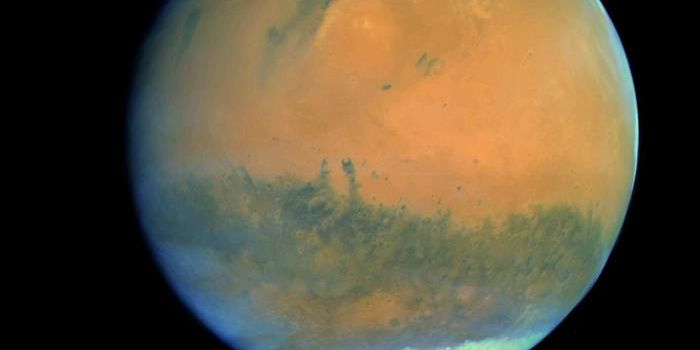Life on Earth: Could More of the Surface Be Habitable?
In a paper recently published in The Astronomical Journal, a group of researchers upended two long-held scientific assumptions about our Solar System: Earth is the epitome of a habitable planet and any change in the orbit of Jupiter would be devastating for Earth. The team based at the University of California, Riverside claim that if the orbit of Jupiter changed, Earth could be more hospitable – or more friendly to life – than it is today.
The researchers made very detailed models of our Solar System: one that is identical to how it is known today and one theoretical system in which they changed the orbit of Jupiter. Jupiter is the most massive planet in our Solar System, so any changes in its orbit would induce large changes that would perturbate through the entire Solar System, including a big change in the shape of Earth’s orbit.
When a planet has an orbit that is perfectly circular around its host star, the distance between that star and planet never changes. However, most orbits are not perfectly circular, but are “eccentric” – or elliptical – in shape. This means that the distance between the star and planet is constantly changing. Thus, when a planet is closer to its host star, it receives more heat from the star, and when it is further from the star, it receives less heat from the star. Therefore, the distance between the star and planet – and hence, the shape of the orbit – affects the climate on a planet.
The researchers found in their alternative Solar System that if Jupiter’s orbit were to become more elliptical in shape, it would induce big changes in Earth’s orbit as well. They found that this pushed Earth’s orbit to become more eccentric, and it could increase the habitability of Earth. Recall that Earth’s orbit is actually tilted, so this would mean that some parts of Earth would sometimes get closer to the Sun. If this happened, parts of Earth’s surface that are currently sub-freezing would get warmer, and increase to temperatures in the habitable range.
The team wants to apply what they have learned from this study to the search for habitable planets around other stars, otherwise known as exoplanets. Astronomers define a “habitable zone” as the distance between a star and a planet where liquid water can exist on the surface of that planet. Water on a planet’s surface is one simple – and narrow – metric for habitability. This method does not account for the shape of a planet’s orbit and the seasonal variations that might exist on that planet. The team hopes to work towards methods that would help them estimate alternative factors – such as the shape of a planet’s orbit – to evaluate the habitability of a planet.








